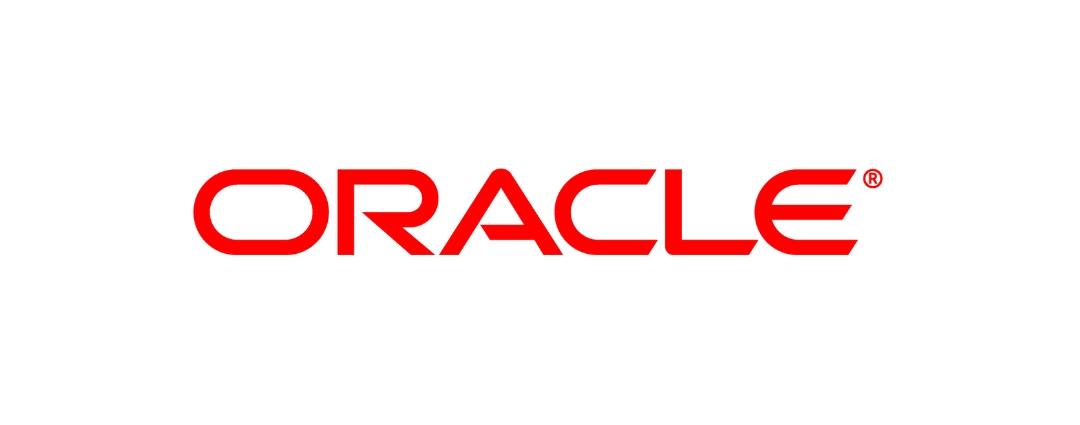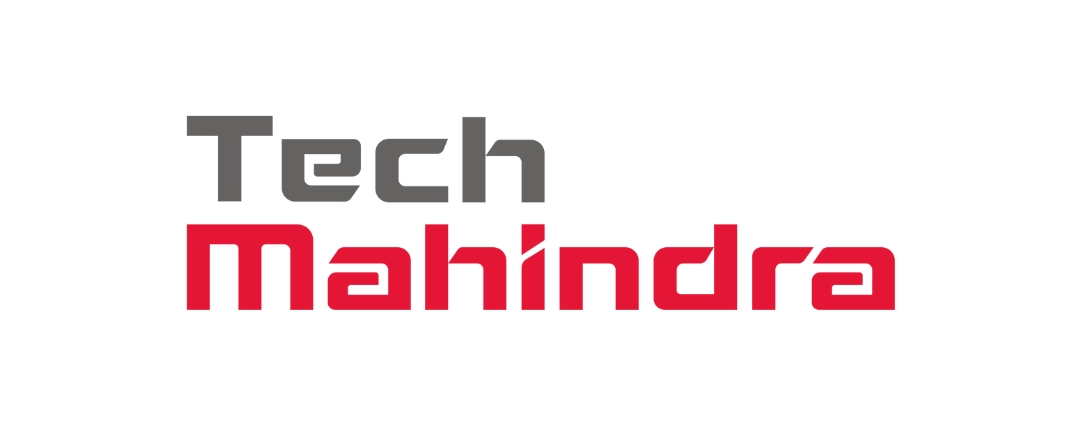Introduction
While traditional on-prem(pre-active) inventory management systems have served supply chain executives for years, they are not without their limitations. In this thought leadership article, we examine the concerns associated with non-active systems, emphasizing the complexity of event coordination, quantity discrepancies between inventory and availability tables, the lack of smart aggregation logic, the overhead of propagating events to multiple tables, the unavailability of availability information during rebuild processes, and ongoing performance issues.
By highlighting these limitations, we underscore the value and superiority of Manhattan’s Active Inventory Management, which addresses these concerns through its cloud-based architecture and advanced features.
1. Complex Event Coordination
Non-active systems often struggle with coordinating multiple events within the Master Commerce Event, particularly during rebuild processes. Coordinating what, how, and when events are processed is crucial to maintaining data integrity and preventing inconsistencies between availability and inventory tables. In contrast, Manhattan’s Active Inventory Management prevents discrepancies, safeguards data accuracy, and provides a reliable foundation for decision-making by employing sophisticated coordination mechanisms, allowing seamless event processing while ensuring associated events are appropriately controlled and propagated.
2. Quantity Discrepancies
One common challenge in non-active systems is the synchronization of quantity between inventory and availability tables. Inaccuracies can arise, leading to discrepancies and fulfillment errors. Manhattan’s cloud-based solution tackles this issue by calculating quantities in real time during the “Get Availability” API calls. With accurate, up-to-date quantity information, supply chain executives can rely on the system’s availability calculations, enhancing inventory accuracy and fulfillment efficiency.
3. Lack of Smart Aggregation Logic
Non-active systems often lack smart aggregation logic, resulting in redundant calculations and increased processing time. For example, when multiple events affect the same item, non-active systems must repetitively compute availability for each event individually. Manhattan’s Active Inventory Management overcomes this limitation by implementing intelligent aggregation logic, enabling one-shot availability calculations for multiple events associated with the same item. This optimization enhances system efficiency, reduces redundancy, and provides a comprehensive view of inventory changes.
4. Overhead of Multiple Tables
Availability information in non-active systems is typically stored in separate tables, creating significant overhead in the database. Each event must be propagated to multiple tables, increasing complexity and resource requirements. In contrast, Manhattan’s cloud-based solution streamlines data management by consolidating availability information, reducing the need for data replication across multiple tables. This optimization minimizes overhead, improves system performance, and simplifies overall database operations.
5. Availability Information During Rebuild
Non-active systems face limitations during rebuild processes, as availability information becomes temporarily unavailable. This lack of real-time visibility can disrupt decision-making and hinder efficient inventory management. In contrast, Manhattan’s Active Inventory Management ensures continuous availability information during rebuilds by leveraging ALT tables. This allows supply chain executives to query availability using the MAIN table while rebuild, activation, and preview processes occur separately on ALT tables. By maintaining uninterrupted access to availability information, Manhattan empowers executives to make informed decisions even during critical system operations.
6. Ongoing Performance Issues
Non-active systems often grapple with performance issues, particularly as data volumes grow. These systems may experience latency, decreased responsiveness, and limited scalability. Manhattan’s cloud-based approach addresses these concerns by prioritizing performance optimization. Leveraging the scalability and flexibility of the cloud, Manhattan continually fine-tunes event processing, enhances database performance, and employs caching techniques to maximize system throughput and ensure a seamless user experience.
Conclusion
In conclusion, Manhattan’s Active Inventory Management offers a comprehensive and superior solution for supply chain executives seeking to overcome the limitations of on-premise solution. By leveraging cloud technology, intelligent event coordination, real-time quantity calculations, smart aggregation logic, streamlined data storage, availability during rebuild processes, and ongoing performance optimization, Manhattan empowers organizations to drive operational excellence, improve customer satisfaction, and stay ahead in today’s competitive marketplace. Embracing Manhattan’s Active Inventory Management is a strategic step toward unlocking the full potential of supply chain efficiency and success.
Transform Your Supply Chain with ITOrizon's Leading-Edge Solutions
We are here to address your inquiries and guide you in selecting the services that best align with your needs.
Your benefits:
- Global Reach
- Expertise
- Customization
- Innovation
- Recognition
- Efficiency
What happens next?
We Schedule a call at your convenience
We do a discovery and consulting meting
We prepare a proposal














